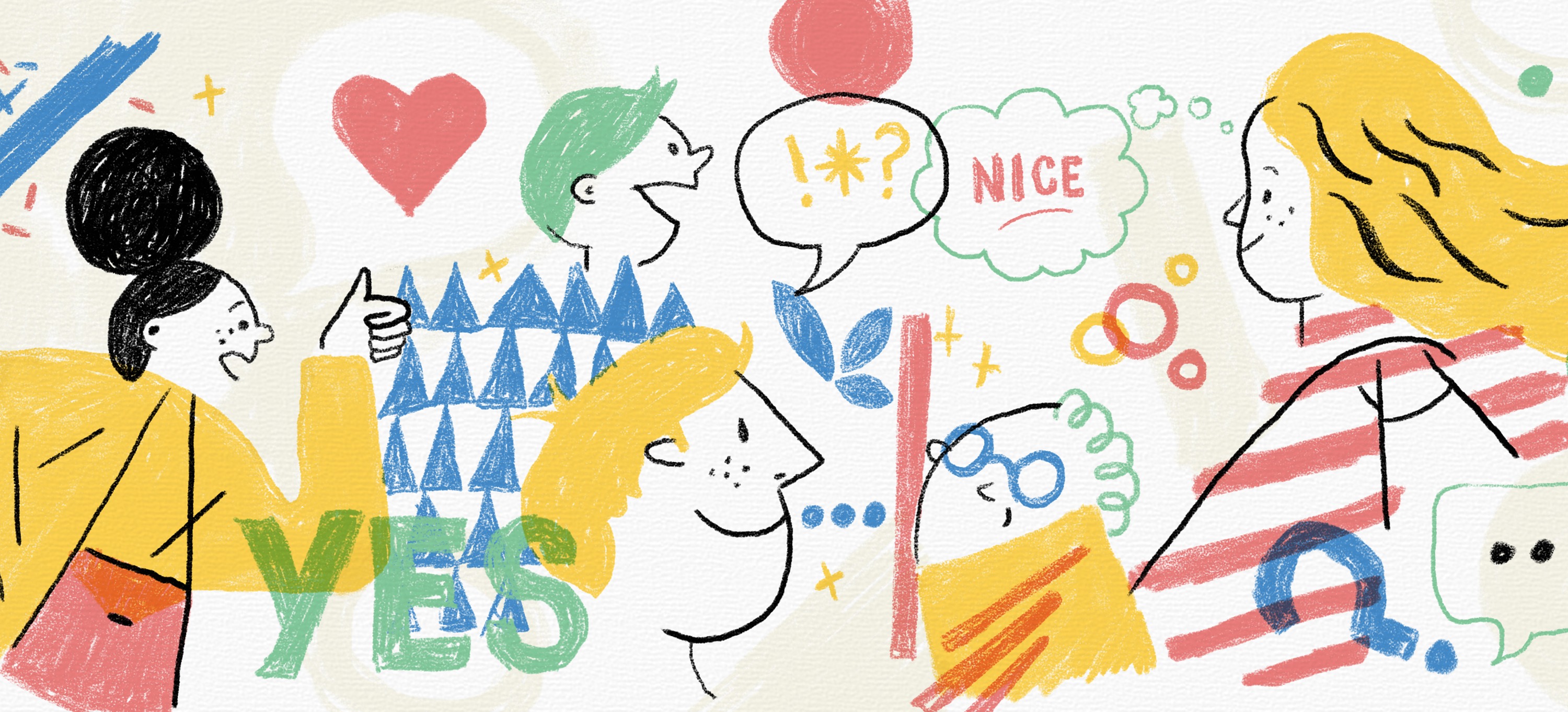Giving great feedback doesn’t just help deliver a better solution, it helps create a stronger and more trusting relationship for the future.
After many years of working with a variety of clients, we have found that the projects that perform the best, have the most impact, and that everyone enjoys working on, follow a very simple system for framing feedback that can be broken down into three parts.
- The Heart (emotional)
- The Eye (visual)
- The Head (strategic)
So lets start at the top, with the easiest of these three parts.
The Heart – your emotional response
Your emotional response is often the easiest to verbalize and its a great place to start. Ask yourself ‘how does the design make me feel?’ and then ask yourself ‘why?’. Try to express your comments in feelings to recognize the emotions behind them. Answering the ‘why’ will provide depth and understanding to your creative team so they can move forward in providing deeper creative solutions.
The Eye – The visuals and what they’re doing to your eye
Next we need to be more critical with our eye. What is it doing with the design? Try and articulate what you like and dislike from a visual perspective: ‘The typeface is hard to read, the mark to me looks like a… etc’. But more importantly it’s time to ask the creatives ‘why?’. Everything you see on a piece of work, from the size of the typography, to the alignment of elements has been thought through by the designer. By asking ‘why?’ you respect their expertise while getting clarity on what you feel is not working.
The Head – The strategy
And finally most of us will have an immediate emotional response to creative work. And we should. That’s how we make decisions about things. Emotions first – thinking later. But now we need to put aside our personal opinions and feelings and focus on the strategy of the design. It sounds complicated but this can be easily achieved by answering these two simple questions.
1. Does this answer the brief?
Before providing feedback, always go back to the brief to see if the work delivered matches what you agreed on because creative teams use this as a sounding board throughout the creative decision making process.
2. Does this work for the target audience?
Recognize that you’re most likely not the target audience. It’s likely aiming to influence someone completely different to you. So be on the side of your audience, act like a jury who are trying to get all the information before making up their mind.
From our 30 years of experience we have found that following this framework can help save money, enable clear communication, bolster collaboration, and ultimately create a successful project.
